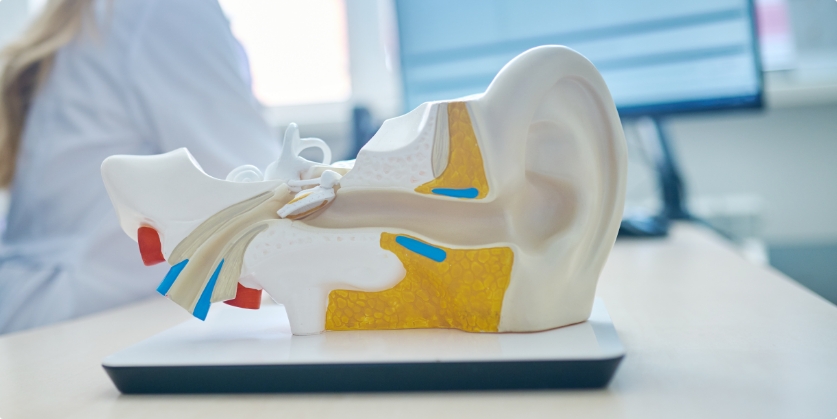Identifying the Signs of Hearing Loss
It may not come as a surprise that 25% of retirement-age adults have


It may not come as a surprise that 25% of retirement-age adults have

More than 40 million Americans live with some form of permanent hearing

One of the most common medical disorders in the US is hearing loss,